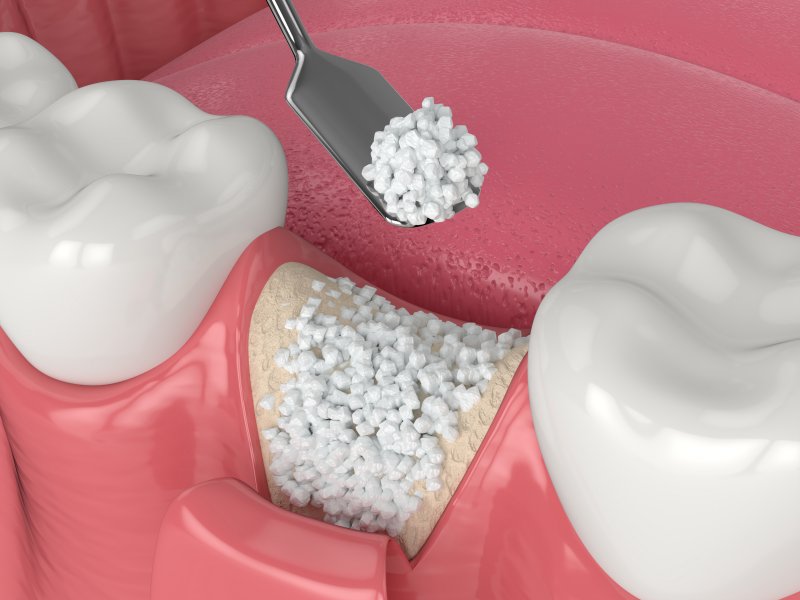
Are you missing one or more teeth? If so, then one of the best methods for replacing your pearly whites is with dental implants. However, sometimes there are prerequisites before proceeding with this restorative procedure, such as getting a dental bone graft. Read on to learn a few things you should know about the treatment and tips for recovering!
What Is a Dental Bone Graft?
A bone graft is a procedure where your dentist places substitutes of bone into your jawbone. The components enter the space around defective or broken bones. These substitutes are taken from other parts of your body, typically from somewhere in your mouth. Your dentist will then make a small hole in the area where your new bone will grow and place it there.
When Are Dental Bone Grafts Necessary?
In order for dental implants to remain anchored in your jaw, it’s essential that you have sufficient bone to work with. With a dental bone graft, you can promote healthy bone growth for your jaw and teeth. Additionally, patients with a severe case of gum disease or periodontitis could benefit greatly from this procedure. The inflammation-causing bacteria can attack the jaw and lead to reduced bone mass. This can also be essential for those with missing teeth, as the lack of stimulation in the bone can cause facial changes or shrinkage.
5 Tips for Recovering from a Dental Bone Graft
While a dental bone graft treatment can take some time to recover from, there are several ways you can make this a smoother process:
- Get plenty of rest: The best way to give your body the time it needs to heal properly is to rest often.
- Take OTC pain relievers: Your dentist may even prescribe certain medications to relieve discomfort during the next months.
- Avoid hard foods: Be sure to drink plenty of water and to choose softer foods for meals.
- Keep from intense exercise: Physical activity can increase your blood flow, which can cause your surgical site to bleed. Avoid strenuous work in the meantime, and keep a gauze pad close by just in case.
- Prevent inflammation: Mild swelling may be normal during bone graft recovery, but you can always apply a cold compress to reduce the inflammation.
If you do need a bone graft before getting dental implants, then these few tips should help make your recovery much easier to manage. Speak with your dentist if you have any concerns, and they’ll be happy to help!
About the Author
Dr. Thomas C. Dolan earned his dental doctorate from the New York University College of Dentistry and regularly seeks continuing education to stay on top of the latest developments. He’s provided state-of-the-art, comprehensive, and passionate dental care for over three decades. He also offers a wide selection of treatments, including dental implants and grafting procedures to ensure your jaw and gums are healthy. If you’d like to know more about dental bone grafts, visit his website or call 860-529-2000.
